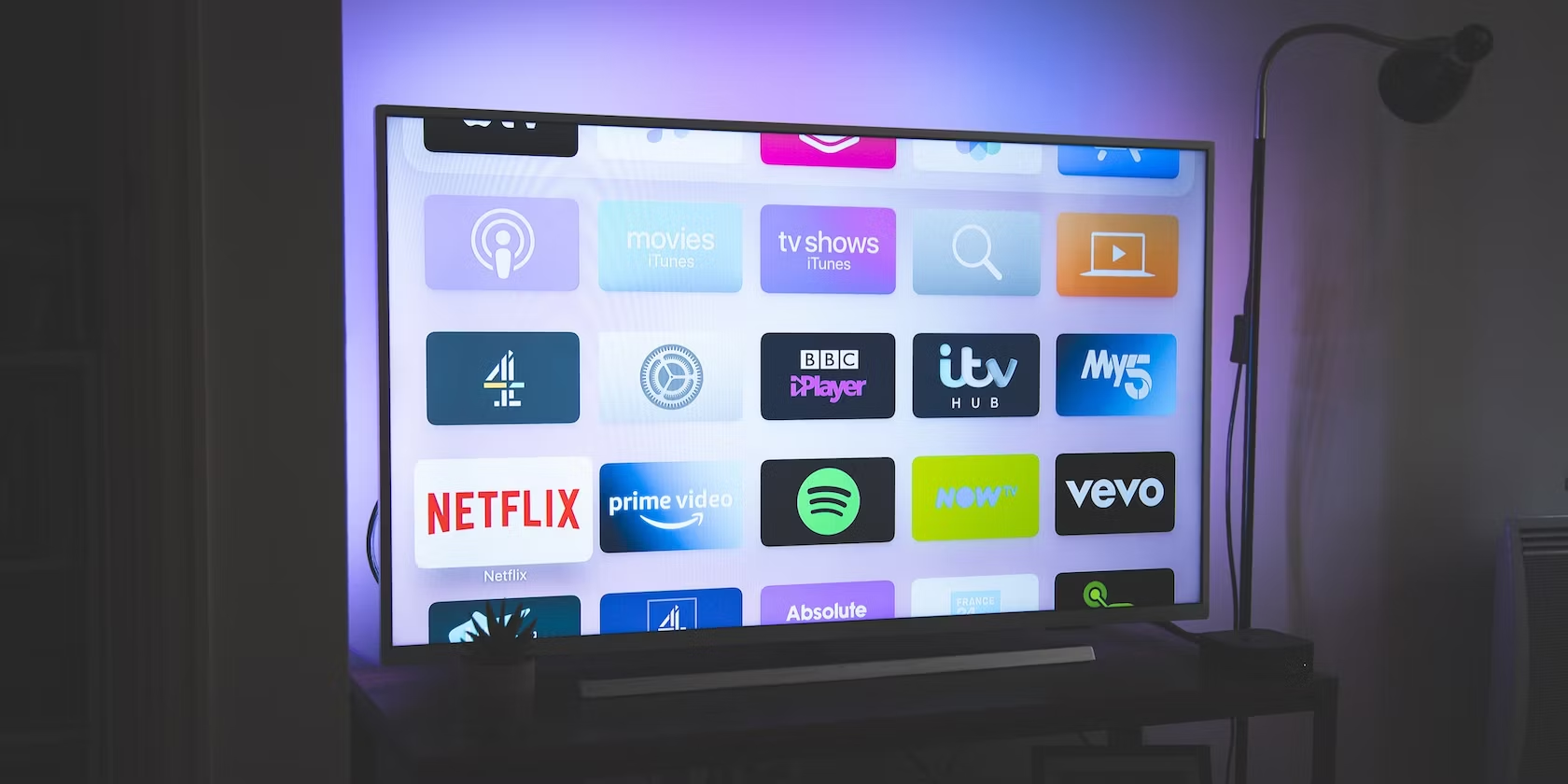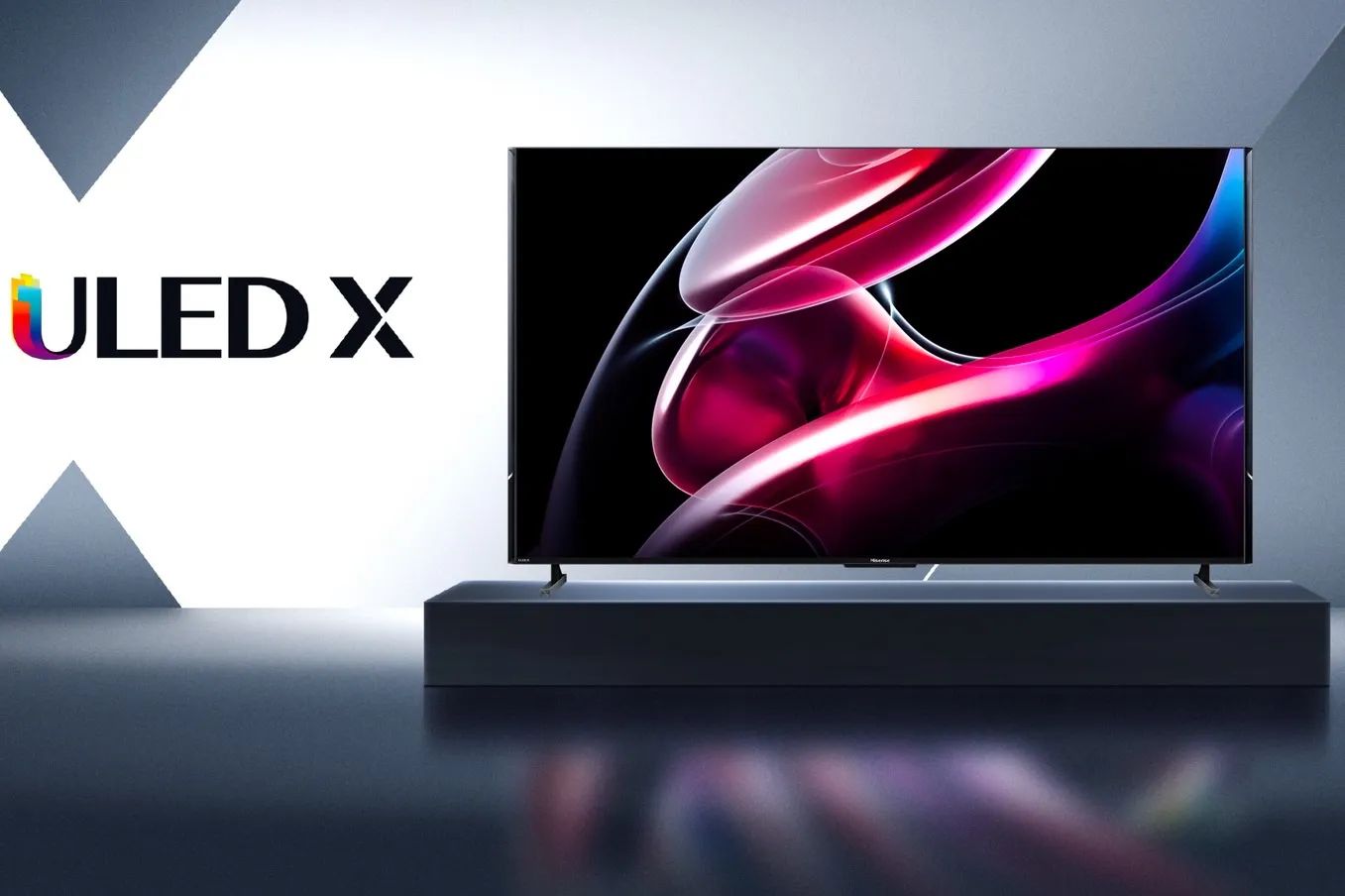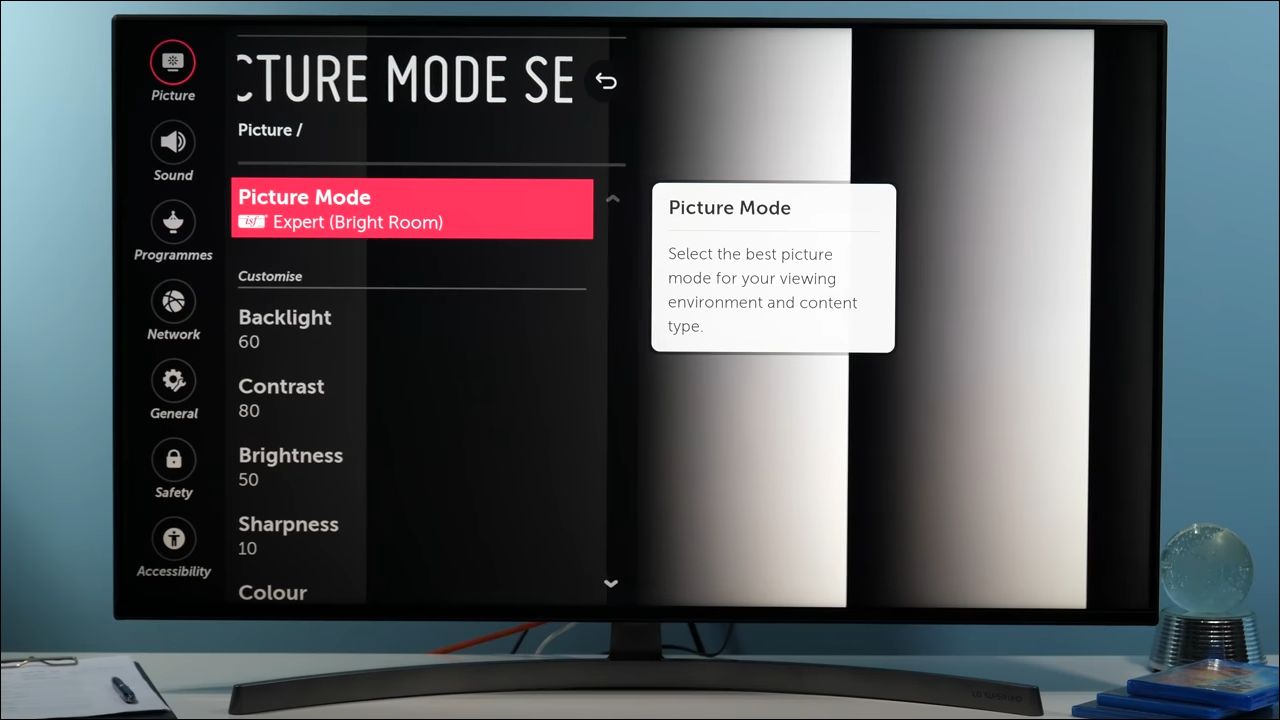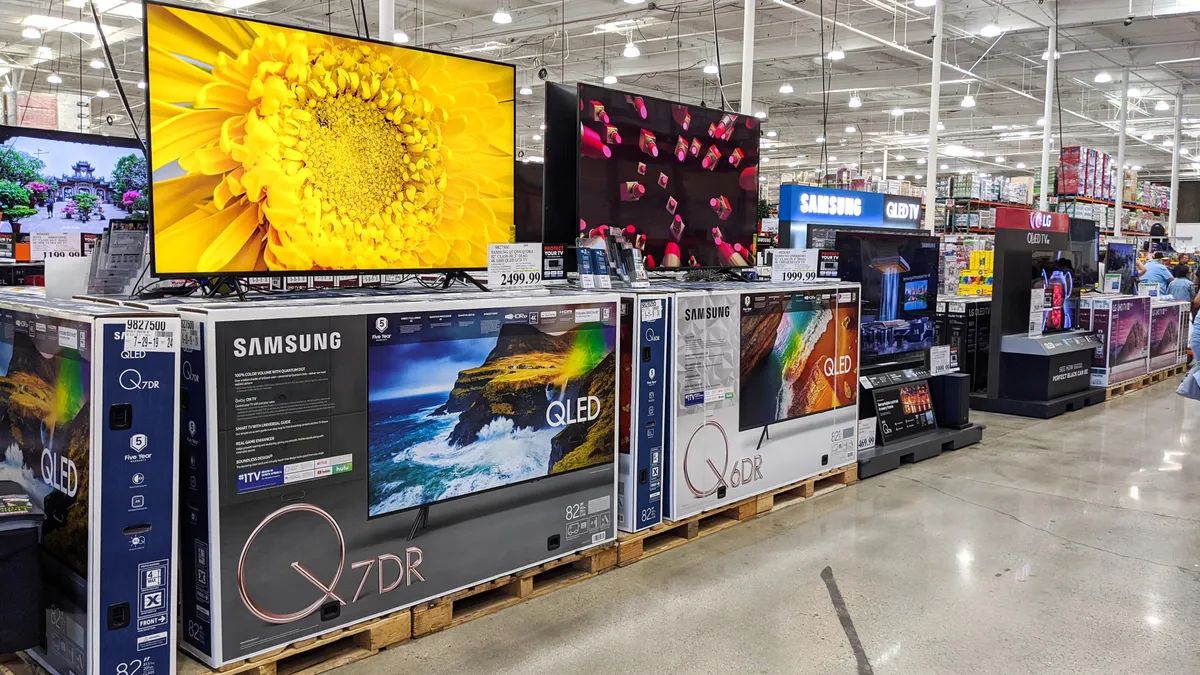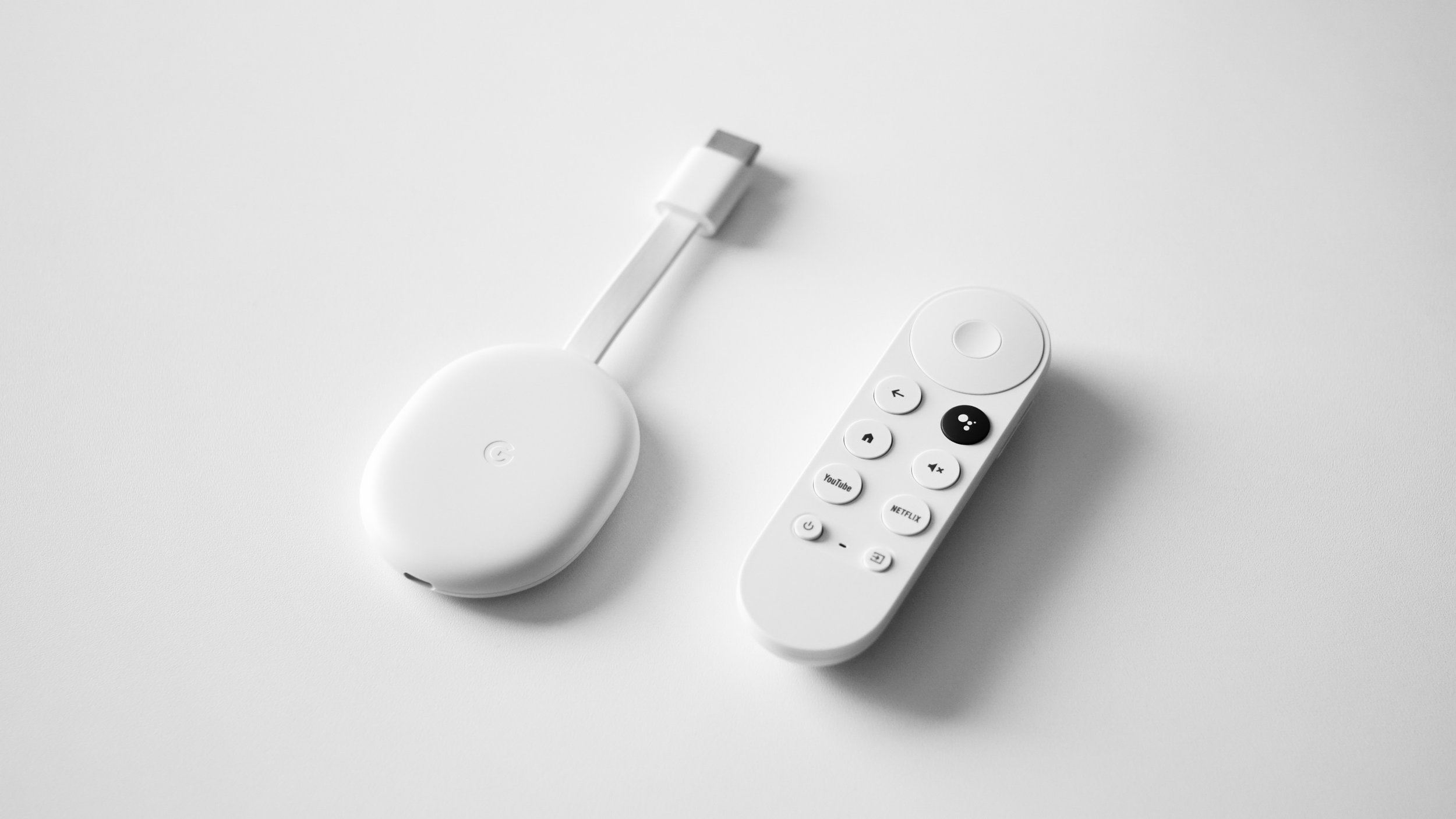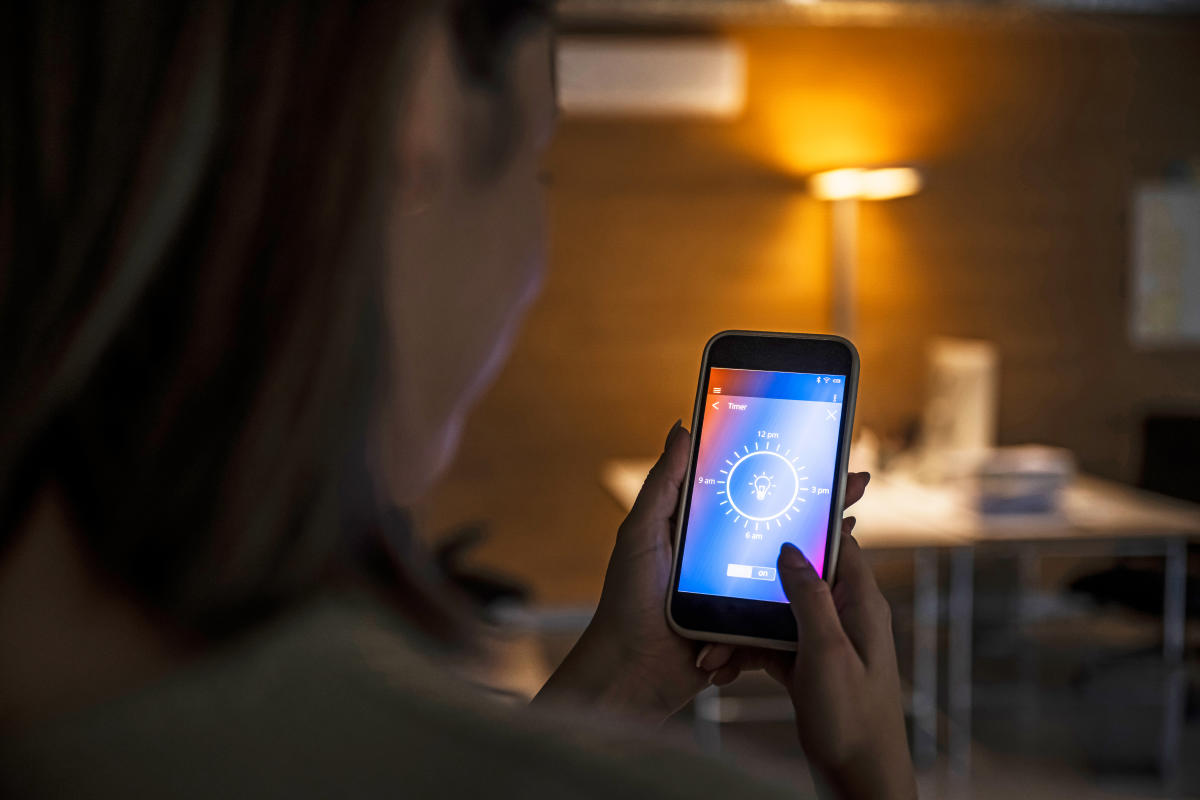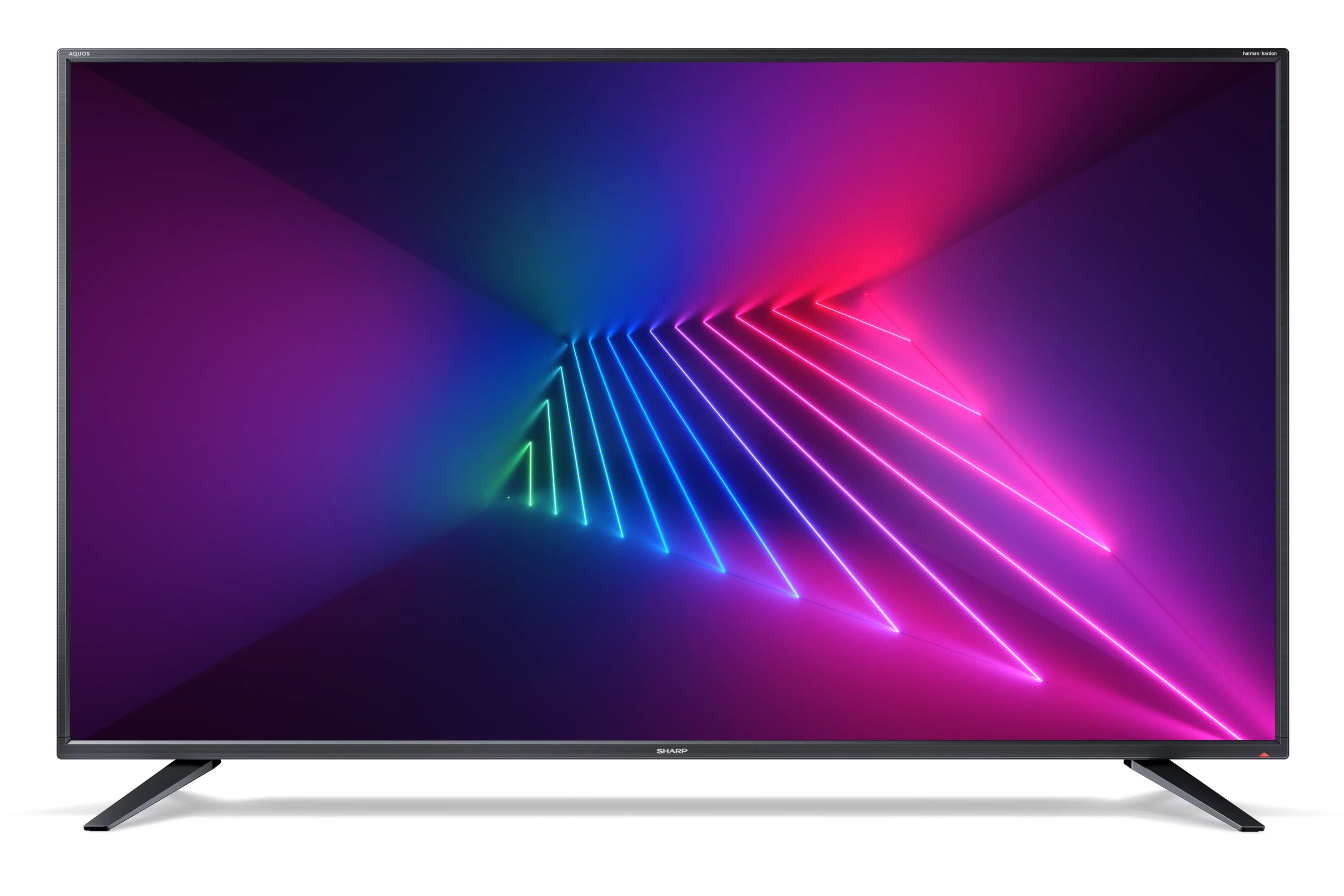Introduction
With the rise of technology, our televisions have evolved into so much more than just devices for watching shows and movies. Smart TVs have become increasingly popular due to their ability to connect to the internet, access streaming platforms, and even control other smart home devices. However, with these added features comes a concern: how much energy do smart TVs actually consume?
A smart TV, also known as a connected TV, is essentially a television set that has integrated internet capabilities. This allows users to access a wide range of online content, such as streaming services, social media platforms, and even web browsing. It’s like having a computer built right into your TV! However, the convenience and entertainment value of smart TVs come at a cost – their energy consumption.
Understanding the energy usage of smart TVs is essential for both consumers and the environment. As we become more conscious of our carbon footprint and energy consumption, it is important to know how much energy our electronic devices are using. This knowledge can help us make informed decisions when it comes to purchasing and using our smart TVs.
In this article, we will delve into the energy consumption of smart TVs. We will explore the factors that affect their energy usage and provide some energy-saving tips for smart TV owners. Additionally, we will compare the energy consumption of various smart TV models to help you make an informed choice. So, let’s dive into the world of smart TV energy consumption and discover how we can reduce our environmental impact without compromising our entertainment!
What is a Smart TV?
A smart TV, also known as a connected TV, is a television set that combines traditional television functions with internet connectivity and interactive features. Unlike conventional TVs that rely on cable or satellite connections, smart TVs have built-in Wi-Fi capabilities or Ethernet ports that allow them to connect directly to the internet.
Smart TVs offer a wide range of features and capabilities that go beyond simply watching broadcasted television programs. They have the ability to access online content through streaming platforms like Netflix, Hulu, and Amazon Prime Video, allowing users to watch their favorite shows and movies at their convenience. Additionally, smart TVs can connect to social media platforms, browse the web, and even run applications.
One of the key advantages of a smart TV is its versatility. Users can easily switch between watching regular TV channels and streaming services without the need for additional devices such as set-top boxes or streaming sticks. With a smart TV, all your entertainment needs are consolidated into a single device.
Smart TVs also offer advanced features that enhance the viewing experience. Many models come with voice recognition technology, allowing users to control various functions using voice commands. This feature makes searching for content, adjusting volume, or changing channels effortless and convenient. Some smart TVs also support screen mirroring, enabling users to project content from their smartphones, tablets, or laptops onto the TV screen.
It’s important to note that not all televisions are smart TVs. Traditional TVs without internet connectivity capabilities cannot access online content or perform interactive functions. However, it is becoming increasingly common for new TV models to have smart capabilities integrated as standard features.
Overall, the concept of a smart TV revolves around connectivity and interactivity. By harnessing the power of the internet, smart TVs provide users with a more dynamic and personalized viewing experience. Whether it’s streaming your favorite shows, connecting with friends on social media, or exploring a vast array of applications, smart TVs have transformed the way we consume media.
The Energy Consumption of Smart TVs
Smart TVs offer a host of features and functionalities, but along with their convenience comes the concern of energy consumption. Just how much energy do these connected devices consume?
The energy consumption of a smart TV can vary depending on several factors. One of the primary factors is the size of the TV screen. Generally, larger screens tend to consume more energy than smaller ones. This is because the larger the screen size, the more backlighting is required to illuminate the display.
Another significant factor that affects energy consumption is the display technology used in the smart TV. LCD (Liquid Crystal Display) TVs, which are commonly found in most smart TVs, are generally more energy-efficient compared to Plasma or OLED (Organic Light-Emitting Diode) displays. However, it’s worth noting that advancements in display technology have significantly improved the energy efficiency of newer models across the board.
Additionally, the brightness settings of the TV can influence its energy consumption. Higher brightness levels require more power to produce a vibrant and well-lit display. Adjusting the brightness level to a comfortable setting can not only help save energy but can also enhance the viewing experience.
The usage patterns of smart TVs also impact the overall energy consumption. Streaming high-definition content, playing video games, or keeping the TV on for extended periods will naturally use more energy compared to simply watching broadcasted television shows.
To get a better understanding of the energy consumption of a smart TV, it’s helpful to look at the Energy Star rating. Energy Star is a program by the U.S. Environmental Protection Agency that certifies energy-efficient products. Smart TVs with an Energy Star label meet specific energy-saving criteria, ensuring that they consume less energy during operation.
While smart TVs do consume energy, they have become more energy-efficient over the years due to technological advancements and stricter energy regulations. Manufacturers are continuously improving their designs to minimize power consumption without compromising on performance and functionality.
Being aware of the energy consumption of your smart TV is important not only for reducing your electricity bill but also for minimizing your environmental impact. Now that we have a better understanding of the factors that affect the energy consumption of smart TVs, let’s explore some energy-saving tips that can help you make the most out of your connected TV without excessive energy usage.
Factors that Affect Energy Consumption
Several factors play a role in determining the energy consumption of a smart TV. Understanding these factors can help you make informed decisions and optimize your TV usage to minimize energy usage.
1. Screen Size: The size of the TV screen is a significant factor in energy consumption. Generally, larger screens require more energy to illuminate the display. If energy efficiency is a priority, consider choosing a smaller screen size that meets your needs.
2. Display Technology: Different display technologies have varying energy efficiency levels. LCD TVs are generally more energy-efficient compared to Plasma or OLED displays. However, the energy efficiency of newer models across all display types has improved, so be sure to check the energy-efficient ratings when purchasing a smart TV.
3. Brightness Settings: The brightness level of the TV impacts energy consumption. Higher brightness settings require more power to produce a vibrant display. Adjusting the brightness level to a comfortable setting can not only help save energy but also extend the lifespan of the TV.
4. Usage Patterns: The way you use your smart TV can significantly impact energy consumption. Streaming high-definition content and playing video games require more processing power, leading to increased energy usage. Limiting the use of resource-intensive applications and reducing unnecessary screen time can help reduce energy consumption.
5. Energy Saving Features: Many smart TVs come equipped with energy-saving features that can help reduce power consumption. These features include automatic power-off timers, brightness sensors, and power-saving modes. Enabling these features will ensure that your smart TV is utilizing energy efficiently.
6. Network Connectivity: The way your smart TV connects to the network can also impact energy consumption. Wired Ethernet connections usually consume less power compared to Wi-Fi connections. If possible, consider using an Ethernet connection for your smart TV to minimize energy usage.
7. Energy Star Ratings: Look for smart TVs with an Energy Star label. Energy Star-certified TVs meet specific energy-saving criteria, ensuring that they consume less energy during operation. Choosing an Energy Star-rated smart TV can help you reduce your carbon footprint and lower your electricity bill.
By considering these factors and implementing energy-saving practices, you can optimize your smart TV’s energy consumption without sacrificing your viewing experience. Next, we will explore some helpful energy-saving tips specifically for smart TV owners.
Energy Saving Tips for Smart TV Owners
As a smart TV owner, there are several strategies you can adopt to reduce energy consumption and make your TV usage more energy-efficient. Implementing these energy-saving tips can not only help lower your electricity bill but also contribute to a greener and more sustainable environment.
1. Adjust Brightness and Backlight Settings: One of the simplest ways to save energy is by adjusting the brightness and backlight settings of your smart TV. Lowering the brightness and backlight levels to a comfortable setting can significantly reduce energy consumption without compromising the viewing experience.
2. Enable Power-Saving Modes: Most modern smart TVs come with power-saving features or eco modes. Enabling these modes can optimize energy usage by automatically adjusting settings, such as reducing backlight intensity or putting the TV into sleep mode when idle for a certain period. Explore your TV’s settings menu to find and enable these power-saving features.
3. Use Timers: Take advantage of timers to ensure your smart TV turns off automatically when not in use. Set a timer to match your typical viewing habits or use the sleep timer function to automatically turn off the TV after a certain duration. This prevents unnecessary energy consumption when you forget to turn off the TV manually.
4. Minimize Streaming and Internet Usage: Smart TVs are designed to access online content, but streaming high-definition videos and extensive internet browsing can consume significant amounts of energy. Limit your streaming and internet usage to the essentials and avoid keeping your TV connected to the internet when not in use.
5. Optimize Video Quality: Streaming services often offer different video quality options, such as HD or Ultra HD. Choosing a lower video quality option can help reduce the energy consumption of your smart TV. While the difference in picture quality may be noticeable, it can be a worthwhile trade-off for energy savings.
6. Use External Streaming Devices: Consider using a separate streaming device, such as a dedicated streaming stick or set-top box, instead of relying solely on your smart TV’s built-in streaming capabilities. These external devices are often more energy-efficient and can save energy in the long run.
7. Unplug When Not in Use: If you don’t use your smart TV for an extended period, consider unplugging it completely. Even when turned off, some TVs still consume a small amount of standby power. By disconnecting the TV from power, you can eliminate this standby power consumption entirely.
By applying these energy-saving tips, you can reduce the energy consumption of your smart TV and contribute to a more sustainable lifestyle. Additionally, adopting these practices can also prolong the lifespan of your TV and contribute to cost savings in the long run.
Comparison of Smart TV Energy Consumption
When it comes to choosing a smart TV, energy consumption is an important consideration. Understanding the energy efficiency of different smart TV models can help you make an informed decision and select a TV that aligns with your energy-saving goals. Let’s compare the energy consumption of various smart TVs to give you a better understanding of the options available.
Energy consumption is primarily measured in terms of power usage, expressed in watts (W). It is important to note that energy consumption can vary based on the screen size, display technology, and usage patterns of the TV. However, manufacturers often provide energy efficiency ratings that provide an indication of the TV’s efficiency.
One way to compare energy consumption is by looking at the Energy Star labels. Energy Star-certified smart TVs have met specific energy-saving criteria set by the U.S. Environmental Protection Agency. These TVs are designed to consume less energy during operation, helping users save on electricity costs and reduce environmental impact.
Energy Star-certified smart TVs typically use between 20-30% less energy compared to non-certified models. They incorporate various energy-saving features such as automatic brightness adjustment, power-saving modes, and efficient backlighting technologies.
Additionally, some manufacturers provide specific energy consumption information for their smart TV models. This data can usually be found in the product specifications or user manuals. Look for the TV’s power consumption in watts and compare it across different models to find the most energy-efficient option.
When comparing the energy consumption of smart TVs, it’s essential to consider the screen size as well. Larger screens generally consume more energy due to the increased requirement for backlighting. Consequently, a smaller smart TV with the same energy efficiency rating might consume less power than a larger model.
As technology advances, newer smart TVs are becoming more energy-efficient across the board. Manufacturers are continuously improving their designs to minimize power consumption without compromising visual quality or performance. Thus, newer models often have greater energy efficiency than older ones.
It’s worth noting that individual usage patterns can also impact energy consumption. Streaming high-definition content or keeping the TV turned on for prolonged periods will naturally use more power compared to strictly watching over-the-air programming. Adjusting brightness settings and using energy-saving features can further optimize energy usage.
In summary, comparing the energy consumption of smart TVs allows you to make an educated decision when purchasing a new TV. Look for Energy Star-certified models, compare power consumption in watts, and consider the screen size and individual usage patterns to find a smart TV that balances energy efficiency and your entertainment needs.
Conclusion
Smart TVs have revolutionized the way we consume media, providing us with access to a wide array of online content and interactive features. However, it’s important to be mindful of the energy consumption of these connected devices. By understanding the factors that affect energy usage and implementing energy-saving practices, we can minimize our environmental impact while still enjoying all the benefits of a smart TV.
Throughout this article, we explored the energy consumption of smart TVs and identified key factors that influence their energy efficiency. We learned that factors such as screen size, display technology, brightness settings, and usage patterns all play a role in determining the energy consumption of a smart TV.
We also discussed various energy-saving tips that can help smart TV owners reduce energy consumption. Adjusting brightness settings, enabling power-saving modes, using timers, and optimizing video quality are just a few strategies that can make a significant difference in energy usage.
Additionally, we highlighted the importance of Energy Star ratings and comparing energy consumption across different smart TV models. By looking for Energy Star-certified TVs and considering power consumption data, we can make informed choices and select energy-efficient smart TVs that align with our needs and environmental values.
Remember, energy efficiency is not just about saving on electricity bills; it’s also about reducing our carbon footprint and contributing to a more sustainable future. By being mindful of our smart TV usage and implementing energy-saving practices, we can make a positive impact on the environment while still enjoying our favorite shows and movies.
So, let’s strive to be conscious consumers, making informed decisions when it comes to our smart TVs and other electronic devices. By taking small steps to minimize energy consumption, we can collectively make a significant difference and create a more energy-efficient and sustainable world.







